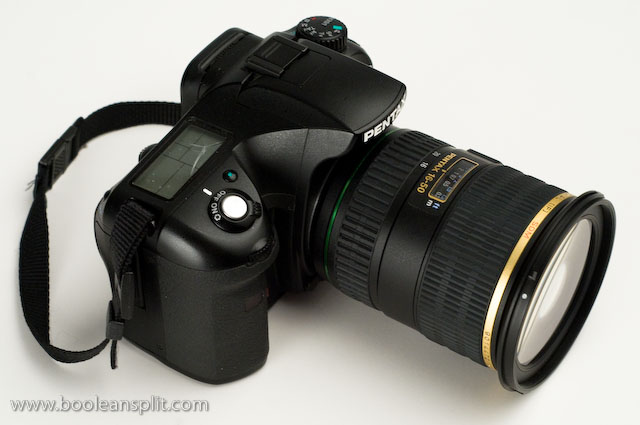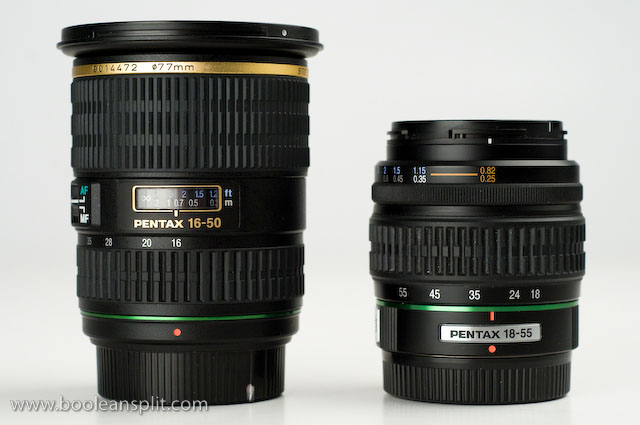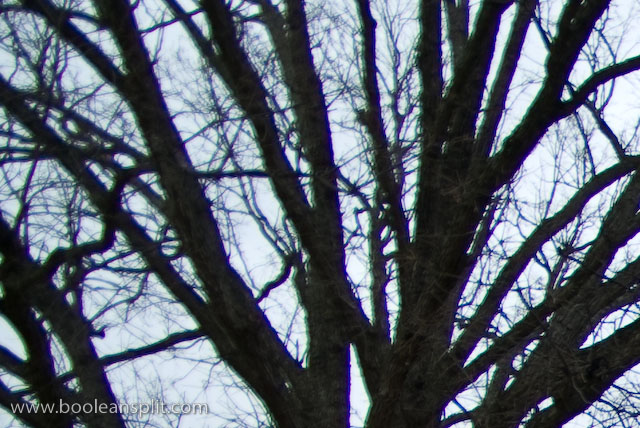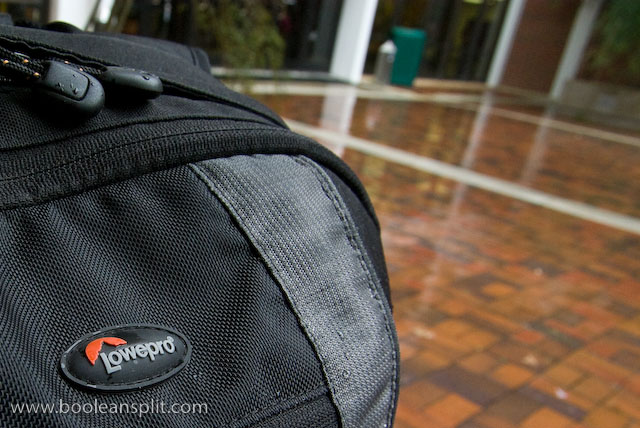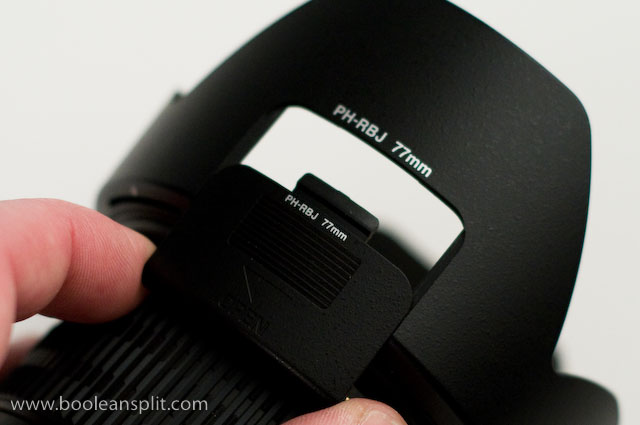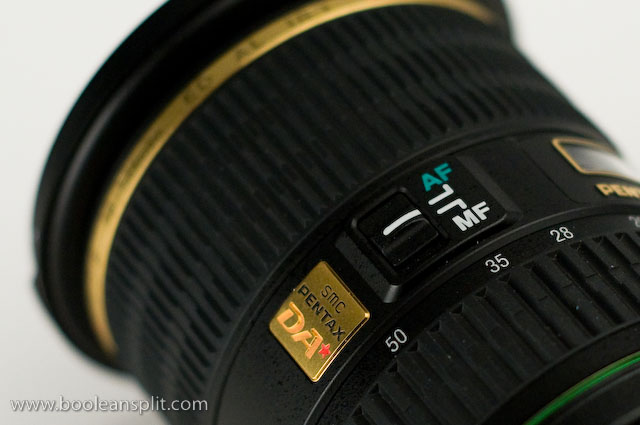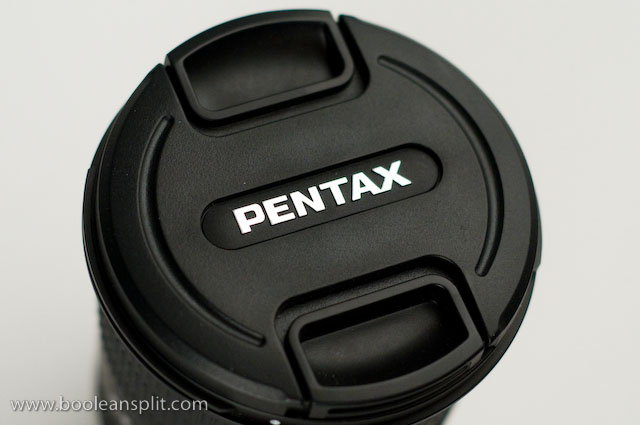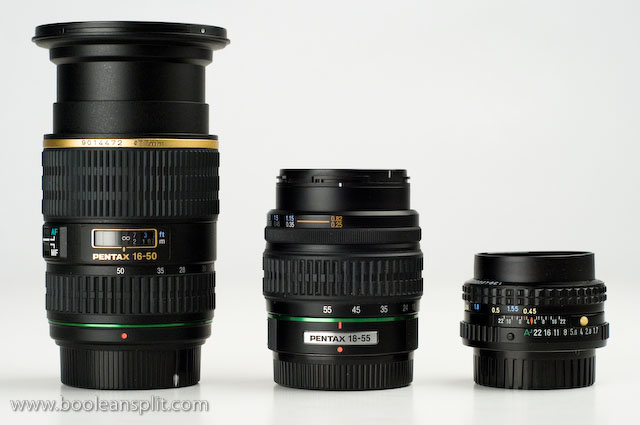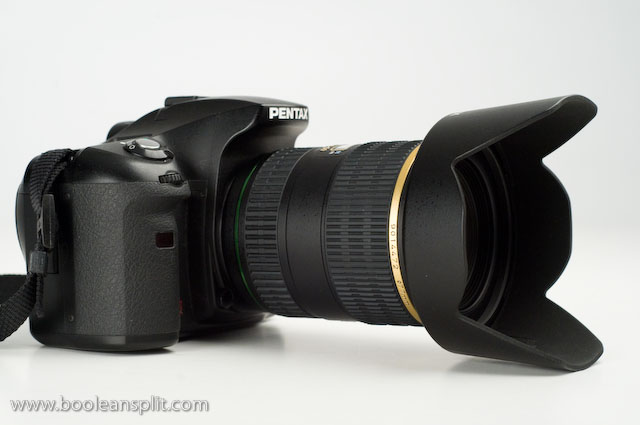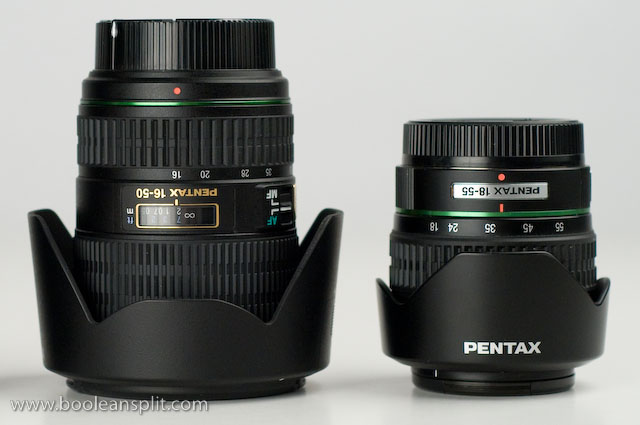
The BlackRapid R-Strap RS-4 camera strap was only product I came across at PMA that I decided to buy and try for myself because I thought it was such a clever solution for an age-old problem. BlackRapid has obviously gotten a lot of press for this product because I am seeing a high percentage of Google hits on my site from my single mention of it last week. So, I decided to forgo the usual studio photography routine and go ahead and publish my user review to help all of those of you obviously trying to figure out if this thing is worth all the hype.
Pros:
- Quick access to camera as advertised.
- New design camera mount is fairly easy to use and solid.
- Decent construction quality of shoulder pad.
Cons:
- Camera incessantly gravitates to an in-the-way position.
- Difficult adjustment mechanism.
- Camera dangles and spins at your side.
- Chintzy connection clip.*
- S.W.A.T. team riot gear styling.
- Shoulder pad does not stay put.
- Connection clip may contact LCD screen potentially causing damage.
- Camera can not be set flat without removing mount.
- Sharp edges on camera mount can damage surfaces, other objects, etc.
- $50 price tag.
Conclusion:
I’m guessing by this point you can tell that I’m not a huge fan of the R-Strap. The most disappointing thing is that I had such high hopes for this product. In fact, I made a special trip back to BlackRapid’s booth and forked over $40 (PMA show special- $8 off their MSRP) just so I could start using it right away even though they promised to mail me a review unit after the show. Eager to get rid of my 12 year old Nikon branded neoprene shoulder strap, I stepped around the corner and quickly tore into the package. Immediately, I encountered difficulty with the connector clip. Then, I struggled to get the length of the strap adjusted to suit my preference. After spending a good 6-8 minutes squatting behind a trash can I was finally ready to put the R-Strap to use.
Within the first 5 minutes I was already starting to think I had made a mistake. My camera just wouldn’t stay put. It kept gravitating to the bottom of the strap which put it on my right hip with the lens sticking straight out into my arm and oncoming traffic. I tried turning and shifting my camera sideways and around to the small of my back like the BlackRapid people had shown me to do standing in their booth. But as soon as I started walking it would quickly slide back around front where I’d smack my lens against my arm or some poor soul walking by. I knocked the lens hood off my little kit lens 3 times in the first 10 minutes of use. I can’t imagine how bad it would have been had I been sporting a longer lens.
Thinking that maybe I hadn’t gotten used to this new-and-improved way of carrying my camera, I was determined to give it the ol’ college try and muddled through the rest of the day and half through the following day. Yes, the R-Strap did make it quite quick and efficient for me to get my camera to my eye and snap a picture. And, I love the fact that the strap doesn’t get all tangled up across the eyepiece like a traditional strap always seems to do. However, I just couldn’t get used to my camera dangling, twirling and knocking into everything while I was walking the show and the streets and casinos of Las Vegas.
BlackRapid seems to market their product to people on the go. From my experience the R-Strap is really only suitable for photographers in a static position that need quick access to their camera (like sports photographers standing on a sideline with three cameras around their neck). I can see how it might work better attached to the tripod collar on a larger telephoto lens- though the laws of gravity seem to suggest that it’s always going to seek the lowest point and not stay behind your back as BlackRapid suggests. As it is- combined with the geeky styling, camera dings and high price tag- I can not recommend the R-Strap. And I’m really bummed about that. Be that as it may, lot’s of people seem to swear by it so make your own choice.
Now for the details and photos: More »
March 9th, 2009 | Tags: BG2 battery grip, Black Rapid, BlackRapid, camera, FastenR, neck strap, neoprene, opinion, Pentax K10D, PMA 2009, promotion, R-Strap, review, Robert S. Donovan, RS-4, show discount, test, user, www.booleansplit.com | Category: gear, reviews | Comments (11)



